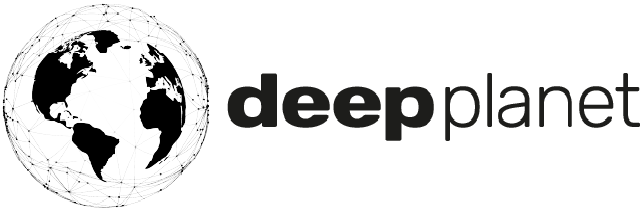Predicting Shiraz Yield to 95% accuracy in Barossa, Coonawarra and the Hunter Valley
Yield prediction of grapes to date has so far been anyone’s guess. In-field estimates, even on the week of picking, can have an error of up to 30% from the actual tonnage. With the variability in weather conditions causing bumper and bust yields for the past few seasons, it’s been extraordinarily difficult to give accurate estimates for winery production.
To predict yield, Deep Planet harnesses proprietary machine learning and the increasing arsenal of Satellites that have been launched into space. Deep Planet is working with growers in the Barossa, Coonawarra and Hunter regions of Australia to predict Shiraz yield to 95% accuracy on average over the past four growing seasons.
Current Best Practice
Viticulturists use a combination of bunch weight sampling and grower nous throughout the season to predict tonnages per block. While this has been the best practice to date, these can have an error of 30% even on the week of picking. Further, these manual methods of collecting data to predict yield , can cause some fruit loss in search of more accurate readings. Viticulturists, in the best case scenario, see 15% error as best in class.
This incorrect forecasting leads to low quality grapes if they are not able to be processed immediately or leads to looking for grapes on the spot market at higher prices or lower quality than desired.
"Using Satellites to predict yield has been impractical until now."
Satellite Imagery and AI
The use of satellite imagery enables regular monitoring over large areas, reducing much of the manual work. While the potential is clear, early attempts and even some current offerings by companies that offer satellite data analytics use Satellite imagery data such as Normalised Difference Vegetation Index (NDVI) to predict yield and this has led to large error rates, up to 50%.
Over the past five years, there has been an explosion in the number and types of satellites launched into space, combined with quantum advances in artificial intelligence and reduction in the cost of both Satellite and sensor technology. This has enabled us to spend the last 3 years to experiment with new types of satellite data and methods. The result is that we’ve been able to process over 150,000 blocks and 10 years worth of yield and other proprietary data to achieve high accuracies - 95% accuracy for Shiraz, 94% for both Cabernet and Merlot, 92% Sauvignon Blanc, 91% Chardonnay and averaging greater than 90% across all major varieties.
"Our yield prediction accuracies are at 95% for Shiraz, 94% for both Cabernet and Merlot, 92% Sauvignon Blanc, 91% Chardonnay and greater than 90% across all major varieties"
Our VineSignal product combines data from satellite imagery, soil moisture sensors and with machine learning models, to predict yield, identify variability on a weekly to daily basis, predict soil moisture out 2 weeks and provide dynamic irrigation optimisation. Our team has conducted extensive research on applying machine learning models to satellite imagery with published research papers at ICLR and NIPS conferences. See our papers here and here.

